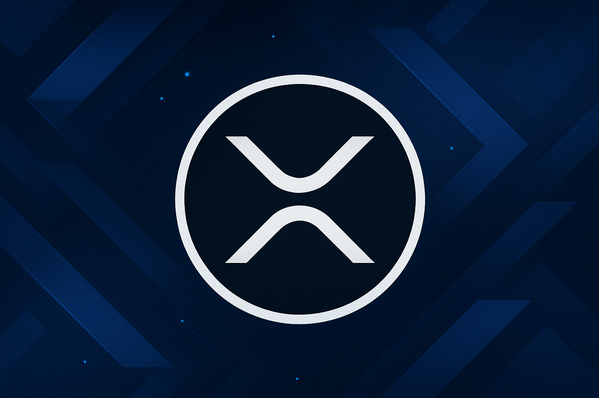TLDR
- David Schwartz’s first internet memory involves configuring SLIP on SLS Linux.
- Schwartz co-founded XRP Ledger in 2011, improving on Bitcoin’s limitations.
- XRP Ledger aims to streamline financial transactions with faster, cheaper methods.
- The XRP Ledger’s roadmap includes a native lending protocol and ZKPs for privacy.
David Schwartz, Ripple’s Chief Technology Officer and one of the key architects of the XRP Ledger, recently shared his first memories of the internet. His reflections came during a discussion on X, sparked by a question from Nikita Bier, head of product at X and Solana advisor, about users’ earliest internet experiences. Schwartz’s memory brings attention to the roots of digital technology, showcasing how far the internet and blockchain have come since their inception.
Schwartz’s First Encounter with the Internet
David Schwartz’s earliest experience with the internet dates back to the days when internet access was far more technical and less user-friendly. He recalls “editing DOS startup files to load a packet driver” and configuring SLIP on SLS Linux, which was stored on 14 floppy disks.
These early actions were fundamental for internet connectivity during the early days of online computing. Schwartz also mentioned the practice of memorizing “bang paths,” which were essential for connecting to remote systems over networks.
The period that Schwartz refers to highlights the complexity and manual processes that were a part of the internet’s early days. Back then, users had to understand the intricate workings of their systems, often making direct changes to software and configurations to establish internet connections. These activities were integral to the functioning of the internet before it became as user-friendly as it is today.
Building on Early Internet Knowledge
Schwartz’s early experiences shaped his understanding of how distributed networks could be used to solve problems. His technical background in internet configuration led him to envision a better way to handle digital value exchanges, culminating in the creation of the XRP Ledger. In 2011, Schwartz, along with Jed McCaleb and Arthur Britto, began the development of XRP Ledger, with the aim to address key limitations found in Bitcoin and other early blockchain systems.
The team aimed to create a platform that offered faster transaction speeds, lower fees, and better scalability compared to Bitcoin’s system. XRP Ledger was officially launched in 2012 and has since become a cornerstone of Ripple’s mission to modernize financial systems worldwide.
The Evolution of Internet and Blockchain Technology
The internet has undergone significant changes since Schwartz’s early memories, evolving into a platform that connects billions of users and enables countless services. Similarly, blockchain technology has advanced, with cryptocurrencies like XRP emerging as a part of this shift.
Blockchain’s decentralized nature aims to eliminate intermediaries, much like how the internet decentralized access to information. As Schwartz has noted, the blockchain movement, and particularly the creation of the XRP Ledger, is rooted in the belief that systems of value exchange can be more efficient, transparent, and inclusive.
The growth of Web3, which many consider to be the next iteration of the internet, emphasizes decentralization even further. In this new version of the internet, blockchain technology will play a central role in creating a more secure and equitable system for online transactions and data sharing. The ideas Schwartz had about improving financial systems are now taking shape as decentralized finance (DeFi) solutions are becoming a reality, pushing the boundaries of what the internet can achieve.
XRP Ledger’s Institutional DeFi Roadmap
Looking ahead, the XRP Ledger is positioning itself to be a key player in the evolving world of decentralized finance. The institution-focused DeFi roadmap for XRP Ledger outlines plans for the launch of a native lending protocol, which will enhance the platform’s utility for institutional users. Additionally, the integration of zero-knowledge proofs (ZKPs) will provide enhanced privacy while maintaining accountability, a critical component for financial institutions.
This updated roadmap reflects the growing importance of the XRP Ledger in the broader financial ecosystem, as it works to improve the speed, transparency, and security of financial transactions. As blockchain and Web3 technologies continue to evolve, the foundations laid by Schwartz and his team at Ripple are poised to play a pivotal role in shaping the future of decentralized finance.






